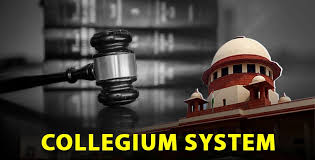Connecticut Administrative Code Title 9 - Elections
Sure! Here’s a more detailed explanation of Connecticut Administrative Code, Title 9 - Elections:
Overview
Title 9 of the Connecticut Administrative Code lays out the detailed rules and procedures that govern how elections are conducted in Connecticut. These rules are established by the Connecticut Secretary of the State and other election authorities to ensure that elections are fair, transparent, and run smoothly.
Key Areas Covered in Title 9 - Elections
Voter Registration
Procedures for registering to vote.
Deadlines for registration.
Maintenance of voter rolls.
Verification of voter eligibility.
Absentee Voting
Rules on who may vote absentee.
Application process for absentee ballots.
Handling, transmission, and counting of absentee ballots.
Polling Place Procedures
How polling places must be set up.
Duties and responsibilities of election officials.
How ballots are distributed, handled, and collected.
Procedures for opening and closing polls.
Managing challenges or disputes on election day.
Ballot Design and Distribution
Guidelines on how ballots should be designed.
Use of voting machines or paper ballots.
Ensuring ballots are accessible to voters with disabilities.
Election Observers and Challenges
Who can observe elections.
Procedures for contesting or challenging election results.
Campaign Finance
Rules on reporting contributions and expenditures.
Limits on campaign contributions.
Disclosure requirements for candidates and political committees.
Enforcement and Penalties
How election laws are enforced.
Penalties for violations such as voter fraud or campaign finance infractions.
Purpose and Importance
The administrative code is designed to:
Protect voter rights.
Ensure all voters have equal access.
Maintain the integrity of the election process.
Provide clear guidance to election officials and candidates.
Facilitate transparency and public confidence in elections.
=


















0 comments